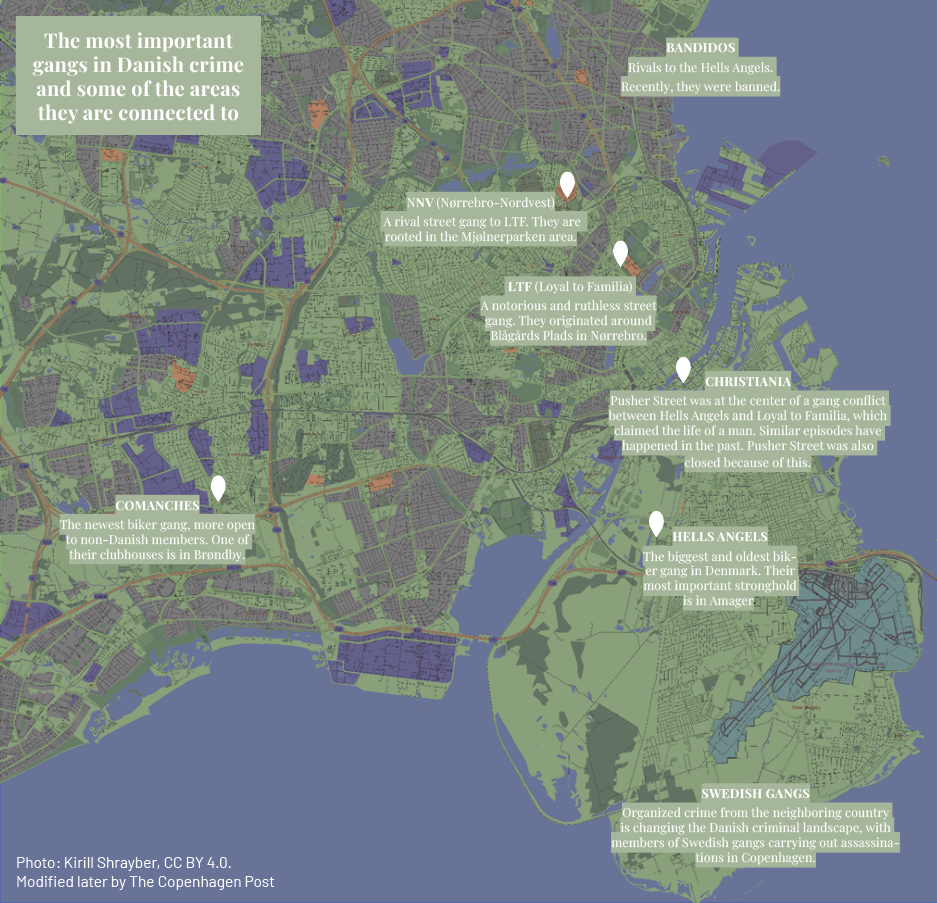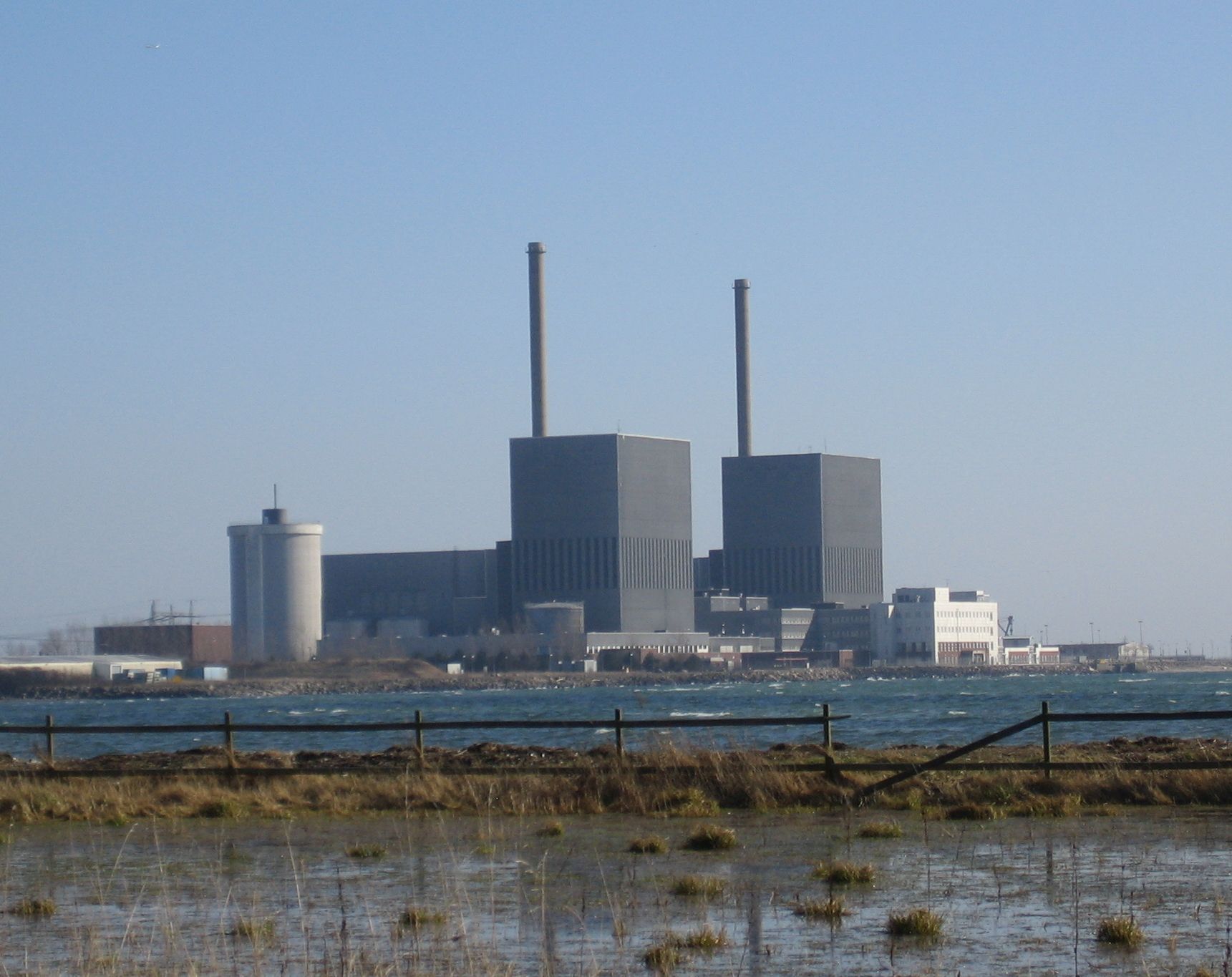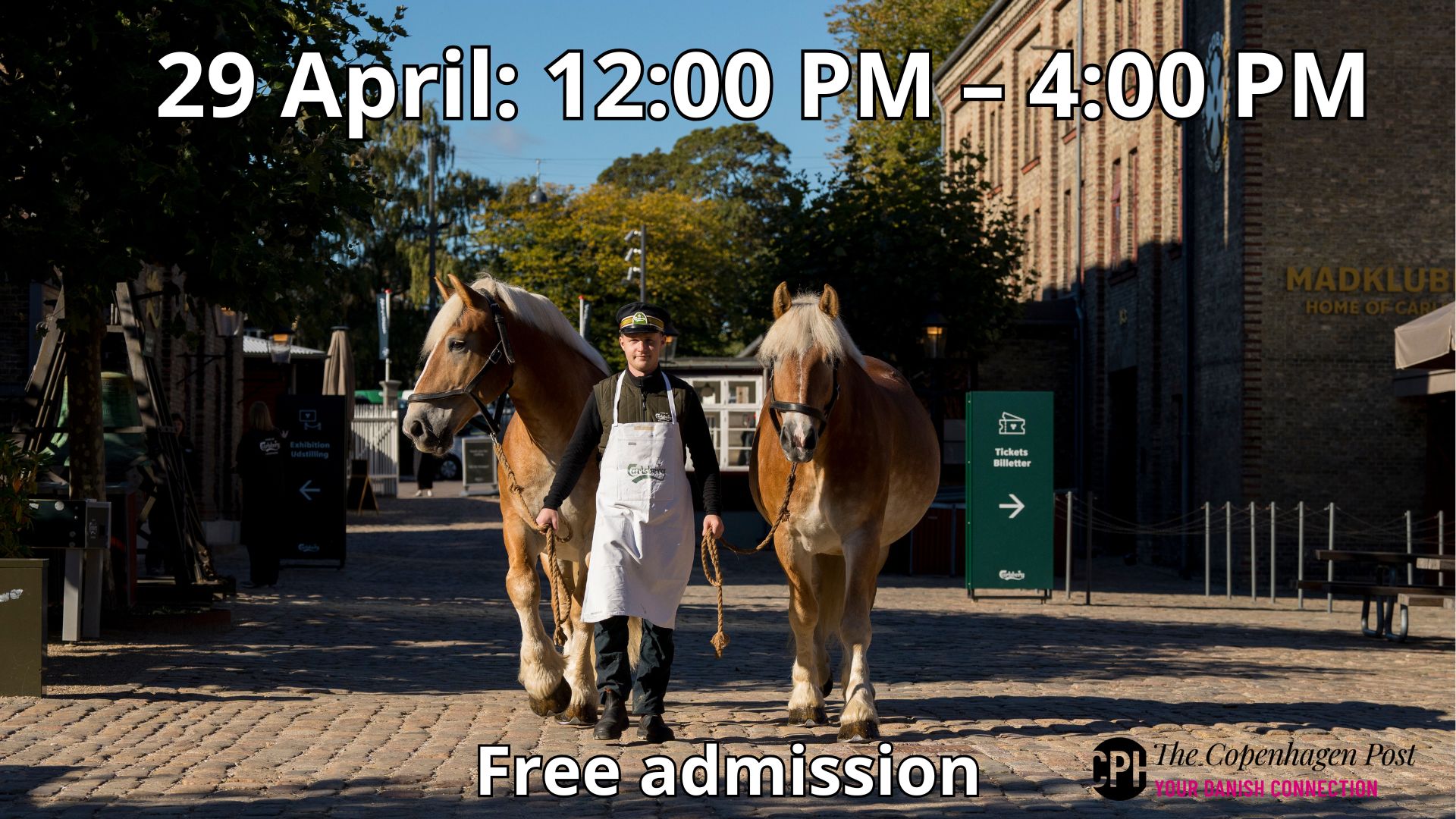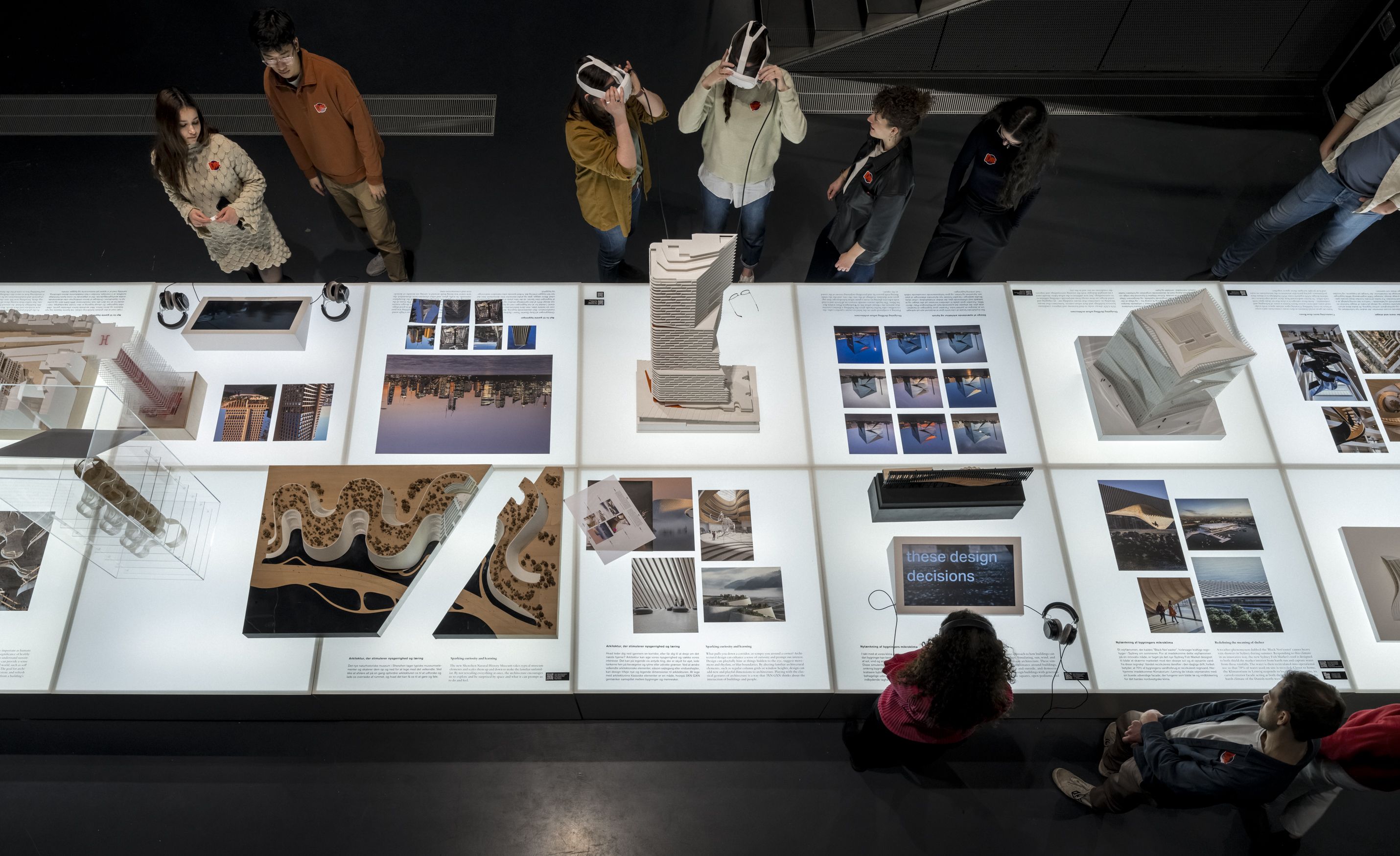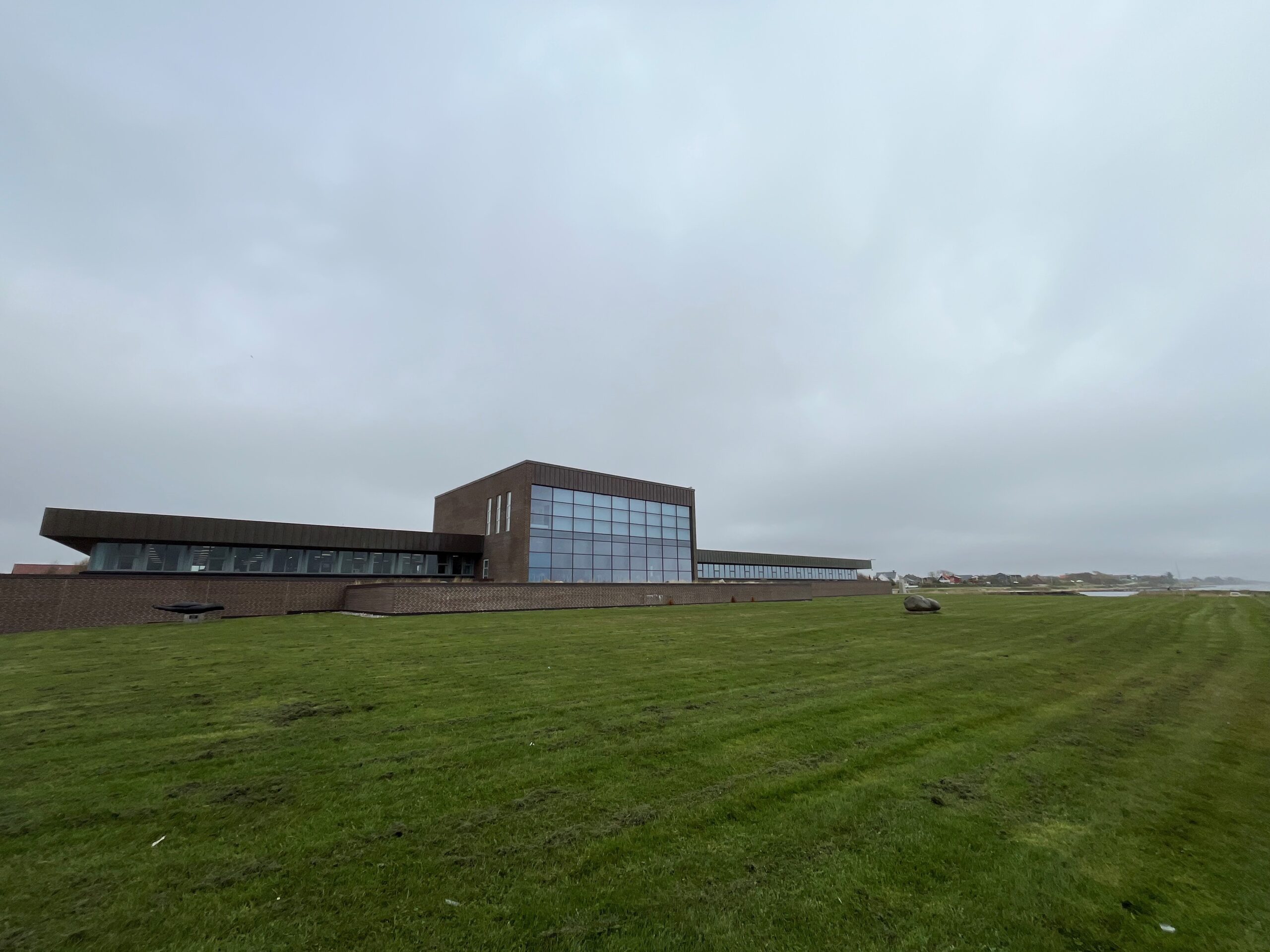Converting a contraband into another form is an old trick in the world of smuggling.
From Bond villain Auric Goldfinger recasting his gold into the main body of his Rolls Royce, to the Colombian smugglers who in 2011 were caught importing shoes into Spain made out of cocaine, today’s Liberation Day seems as good as time as any to celebrate Denmark’s finest exponents: the physicist Niels Bohr and his Hungarian lab assistant, George de Hevesy.
Occupied thoughts and territories
In April 1940, when the Nazis invaded and occupied Copenhagen, Bohr found himself in a sticky situation. He was in possession of two golden Nobel Prize medals he knew the Germans would confiscate. And they were not his medals.
They belonged to two German Nobel Prize winners in physics, Nazi sceptics Max von Laue and James Franck, who sent their medals to the Bohr Institute of Theoretical Physics with express instructions they be hidden from the Gestapo.
They knew they could trust the institute as it had been a refuge for Jewish physicists since 1933 – a status well known to the Nazis, who had already made it a capital offence to export gold out of Germany and its occupied territories.
With German troops on the streets of Copenhagen, Bohr knew he had to tread carefully with two 23 karat gold medals in his possession.
Disappearing act
On the day that the Nazis arrived in Copenhagen, Hungarian radiochemist George de Hevesy was working in Bohr’s lab. When they discussed how to hide the medals, they thought about burying them at first.
“I suggested we should bury the medals, but Bohr did not like this idea of them being unearthed,” recalled de Hevesy in his autobiography.
“I decided to dissolve them. So while the invading forces were marching down the streets of Copenhagen, I was busy dissolving von Laue and Franck’s medals.”
But the medals would not simply disappear as de Hevesy recalled from his studies how gold is “unreactive and difficult to dissolve”. All the while, the Nazis were getting closer.
All the colours of the rainbow
Gold can be dissolved in one particular chemical emulsifier: aqua regia, which is made up of three parts hydrochloric acid and one part nitric acid.
When the gold was dropped into the solution, the hydrochloric acid will separate the gold as long as the nitric acid loosens the metals’ atoms. And then it is left to the chloride ions to complete the process.
It is a slow process, but as the minutes passed, de Hevesy succeeded in making the medals become a colourless solution. The solution then became a faint peach colour, and then a bright orange.
Franck and von Laue’s liquified medals stood in a flask on Bohr’s lab shelf, and just minutes later, the Nazis entered the lab.
Reversing the damage
De Hevesy fled to Stockholm in 1943, and when he returned to Copenhagen after VE Day, he found the lab turned upside down from when the Nazis had ransacked it. But the flask was untouched.
In 1950, de Hevesy reversed the chemistry by separating the metal from the solution. He then sent the raw metal to the Swedish Academy in Stockholm. The gold was recast into two Nobel Prize medals that were re-presented to Franck and von Laue at reward ceremonies in 1952.
Bohr, of course, was also a winner of the Nobel Prize for Physics, but his one didn’t need to be liquified, fortunately. It had a month before the Occupation been put up for auction to raise money for Finnish Relief. The unknown bidder then donated the medal to the Danish Historical Museum of Fredrikborg, where it still rests today.

